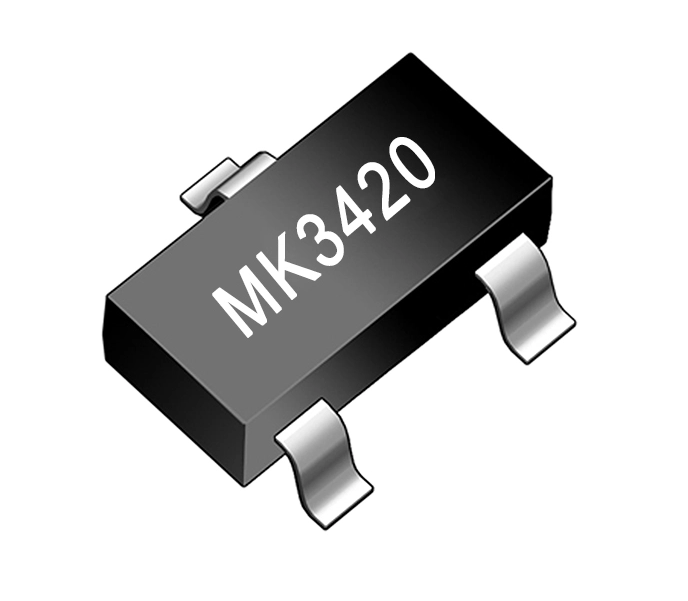When it comes to home electrical systems, light switches are often taken for granted until they fail to perform their primary function: controlling the flow of electricity to your lights. A malfunctioning light switch can lead to frustrating situations, from flickering lights to complete power outages in specific areas of your home. Understanding how to test if a light switch is bad is crucial for homeowners and DIY enthusiasts alike. This article will provide a detailed, step-by-step guide on diagnosing a faulty light switch, ensuring safety and efficiency in your electrical repairs.
Understanding the Basics of Light Switch Functionality
Before diving into testing methods, it’s essential to understand how light switches operate. A standard light switch functions as a simple on/off mechanism, controlling the flow of electricity to a light fixture. When the switch is in the on position, it completes the circuit, allowing electricity to flow. Conversely, when it is off, the circuit is broken, stopping the flow of electricity.
Common issues that can arise with light switches include:
- Worn-out contacts: Over time, the internal components of a switch can wear down, leading to poor connectivity.
- Loose wiring: Connections may become loose due to vibration or improper installation, resulting in intermittent power.
- Physical damage: Cracks or breaks in the switch casing can expose internal components to moisture and debris, leading to failure.
Step-by-Step Guide to Testing a Light Switch
- Safety First: Turn Off Power
Before you begin any testing, safety is paramount. Turn off the power to the light switch at the circuit breaker. Use a circuit tester to ensure that the switch is not live. This step is crucial to prevent electrical shock and ensure a safe working environment.
- Visual Inspection
Conduct a thorough visual inspection of the switch and its surrounding area. Look for:
- Cracks or damage: Check for any visible signs of wear or damage on the switch itself.
- Burn marks: Discoloration or burn marks around the switch can indicate overheating.
- Loose screws: Ensure that all screws are tight and that the switch is securely mounted.
- Testing with a Multimeter
A multimeter is an invaluable tool for diagnosing electrical issues. Here’s how to use it to test your light switch:
- Set the Multimeter: Turn your multimeter to the continuity setting (usually indicated by a sound wave symbol).
- Disconnect the Switch: Remove the switch cover plate and unscrew the switch from the electrical box. Carefully disconnect the wires from the switch terminals.
- Test for Continuity: Place one probe on one terminal and the other probe on the second terminal. Flip the switch to the on position. If the multimeter beeps or shows a low resistance reading (close to zero), the switch is functioning correctly. If there is no beep or a high resistance reading, the switch is likely faulty.
- Check for Loose Connections
While you have the switch disconnected, check the wiring connections. Ensure that:
- Wire nuts are secure: If the switch has wire nuts, make sure they are tightly connected.
- No frayed wires: Inspect the wires for any signs of damage or fraying, which could indicate a more significant electrical issue.
- Replace the Switch
If your tests indicate that the switch is faulty, it’s time to replace it. Here’s how to do it safely:
- Purchase a Compatible Switch: Ensure that the new switch matches the specifications of the old one (single pole, three-way, etc.).
- Connect the New Switch: Attach the wires to the new switch in the same configuration as the old one. Secure the connections with wire nuts and ensure they are tight.
- Reassemble and Test: Once everything is connected, carefully reattach the switch to the electrical box, replace the cover plate, and turn the power back on at the circuit breaker. Test the switch to ensure it operates correctly.
Conclusion
Testing a light switch for faults is a straightforward process that can save you time and money. By following the steps outlined above, you can diagnose and address issues with your light switches effectively. Remember, if you are ever in doubt or uncomfortable working with electrical systems, it is always best to consult a licensed electrician. Regular maintenance and prompt attention to electrical issues can help ensure the safety and functionality of your home’s electrical system.



